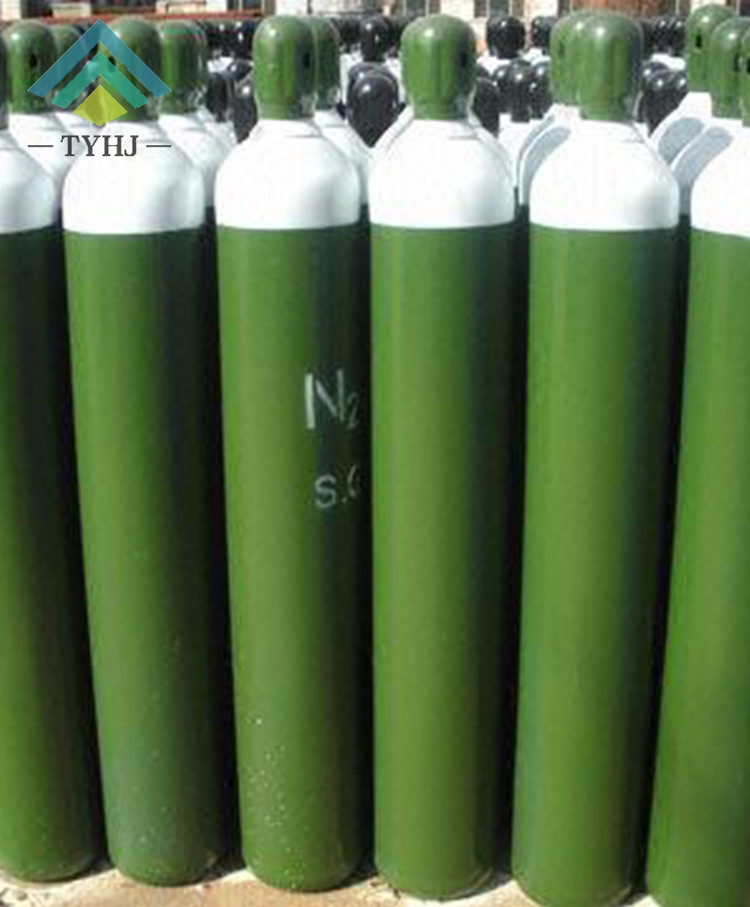I will introduce some knowledge about medical gases N2O and CO2.

You're probably thinking that the cylinders connected to this manifold are gas, not liquid. If that's what you're thinking, you are incorrect. Don't feel bad, most people are not aware that CO2 (carbon dioxide) and N2O (nitrous oxide) cylinders are filled (approximately 70%) with liquid. Because these cylinders contain liquefied gas and most all medical applications require gas, we are dependent on the liquid to boil or vaporize inside these cylinders at a rate sufficient to sustain the usage. How much gas can we withdraw from a CO2 or N2O cylinder in an hour?
A rough rule of thumb is 50 scfh (23.6 lpm) per cylinder maximum at 70° F (21° C). So it's important to realize that there is a limit to the amount of gas we can hope to withdraw in a given time period. It’s also important to realize that the number of cylinders manifolded directly relate to the amount of gas which may be withdrawn. Ambient temperature is the third element of the equation. Unfortunately, this author has been unable to locate any flow vs ambient temperature graphs for CO2 or N2O. It is fair to say though that the flow decreases as the ambient temperature decreases. Until the 2012 edition of NFPA 99, CO2 and N2O cylinders were not permitted to be installed in locations where the ambient temperature fell below 20° F (-7° C). This author remains concerned and in opposition to the recent change in the NFPA 99 2012 edition to permit CO2 and N2O manifolds to be installed in locations where the ambient temperature may be as low as -20° F (-29° C). As stated, the necessary Engineering flow vs ambient temperature documentation does not exist to substantiate this change.
We can supply kinds of purity Nitrous Oxide for you. You can send your Nitrous Oxide quote to info@chinaspecialtygases.com.